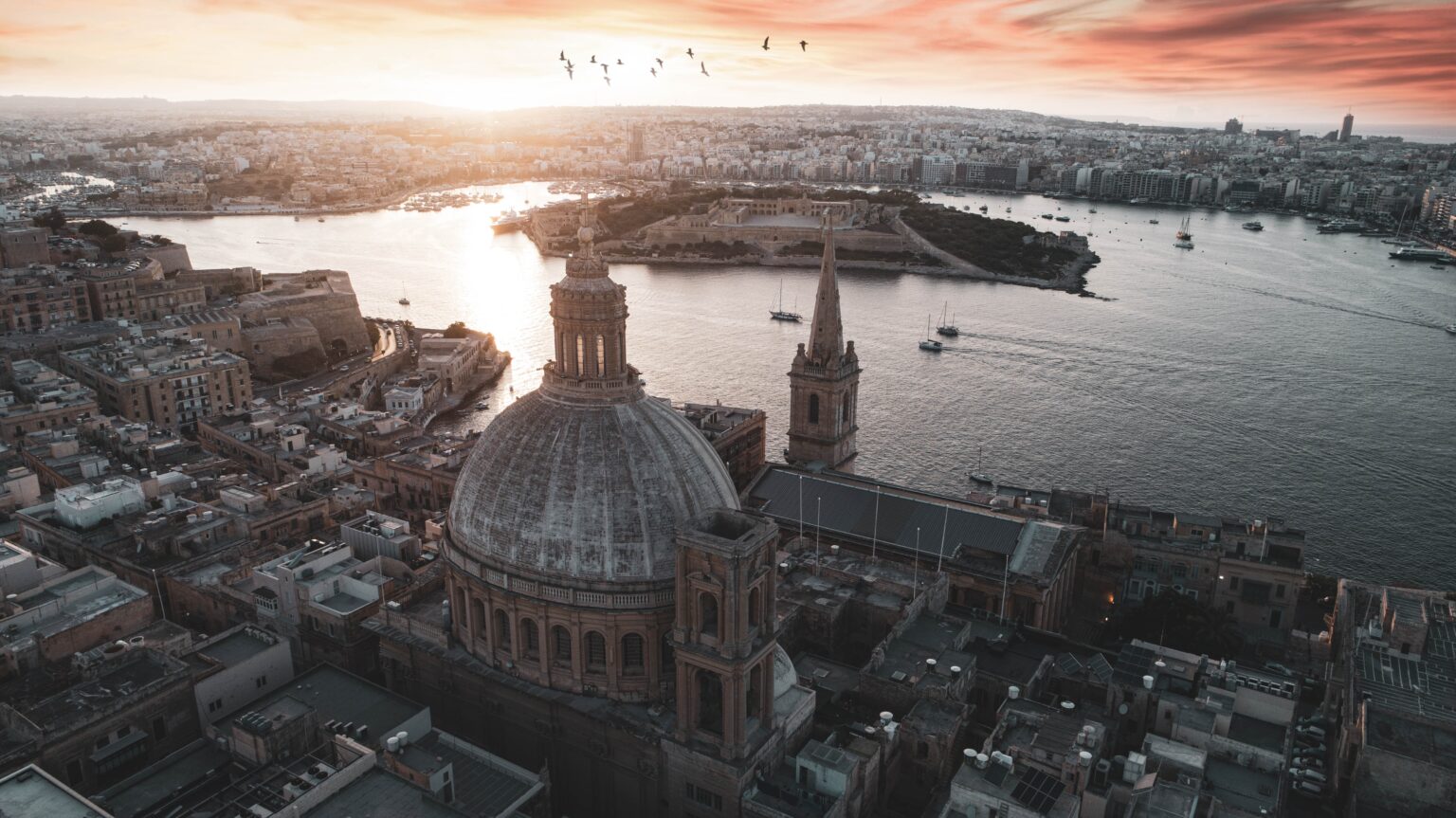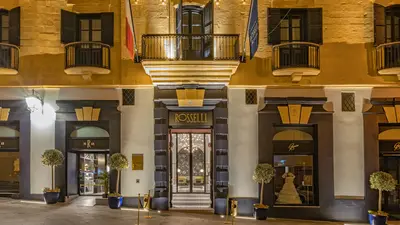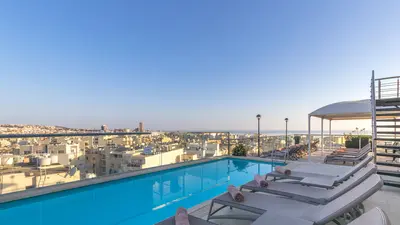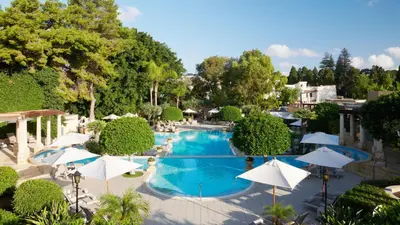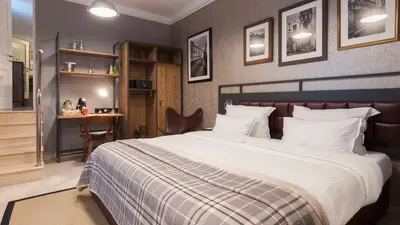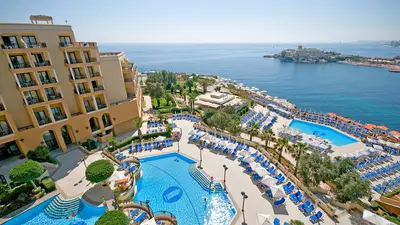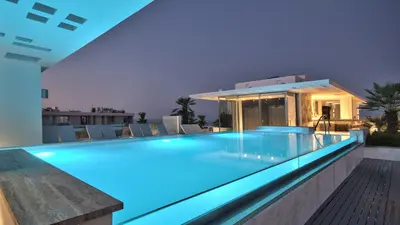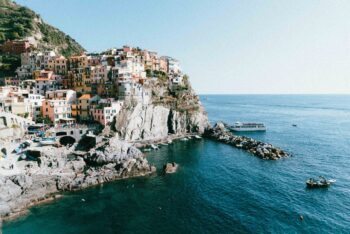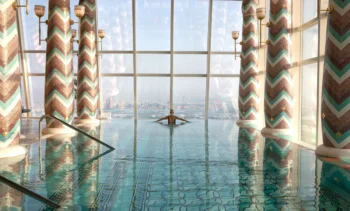The smallest member of the European Union, Malta is currently having a moment with savvy travellers as they discover its secret grottoes, ancient ruins and genuine hospitality.
Next time you are in Europe, leave Sicily to the White Lotus crowd because Malta is the new rising star. The European Union’s smallest member is a melting pot of Arabs, Italians, Normans, Aragonese and Britons who arrived on this island on ancient sailing ships.

And it is this cumulative amalgam of diverse cultures that has now formed one of Europe’s most progressive societies. Malta recently hosted the LGBTQI+ EuroPride festival, it has become a haven for digital nomads with an early embrace of flexible working visas and is home to a new influx of artists and hoteliers.
But Malta has managed all this modernisation while still respecting its rich past. Malta finally achieved independence for the first time in 1964 when the British packed up and left after 150 years of rule and the
island is also scattered with temples that predate the Great Pyramids of Egypt. These sites are easily accessible and far more intimate than Europe’s other well-trodden archaeological sites, allowing visitors to be enveloped by the history and mystery at ancient sites such as Hagar Qim and Ggantija, a temple complex more than 5000 years old.
Malta’s capital of Valletta consists of honey-coloured buildings that remain in pristine condition thanks to the city’s designation as a UNESCO World Heritage Site. Some of the ornately detailed buildings feature the unique gallariji, closed, ornate wooden balconies that are hallmarks of Maltese architecture. These protected spaces allow people on the inside to observe people on the street through spyholes in the walls and floors without themselves being seen, a feature of a city that has a long history of being under siege.
Maltese hospitality

Visitors now come not to conquer but to indulge in the island’s isolation, its culture and in authentic Maltese cuisine at traditional hotspots like Rubino, a modestly appointed restaurant in Old Bakery Street in Valletta that has been in operation for more than 100 years. Rubino caters to clientele favouring the freshest local fare prepared to exacting standards and served in an unpretentious dining room.
Malta produces some excellent wine but exports hardly any of it; in addition to grapes typically used in wine production elsewhere in the world, the local gellewza and girgentina varietals native to the islands remain the country’s oenological secret shared only with visitors in the know.
For a more rustic meal, grab a quick lunch at the fishing harbour of Marsaxlokk, where colourful luzzu, boats famed for the eyes painted at the bow, bring the day’s catch right to the waterside restaurants. These nautical peepers represent the Eye of Horus, a symbol of protection that goes back even beyond the ancient Egyptians to the seafaring Phoenicians who once occupied much of the Mediterranean region.
See the sights

The main city sights are all within easy walking distance, so compact is the smallest of EU capitals. Most visitors first head to St John’s Co-Cathedral, so named because a cathedral already existed in the archdiocese in Mdina before St John’s was built. An enormous edifice, the co-cathedral houses an astonishing interior where every surface is a work of art. Tombs with colourful stone inlays on the floor
grab as much attention as the intricately decorated walls and ceiling.
In the oratory are two paintings by Caravaggio, the gifted Italian scoundrel who sought refuge in Malta after committing multiple crimes in Rome. Ever the tumultuous soul, Caravaggio was eventually expelled from Malta but not before creating the two masterpieces on display here. The Beheading of Saint John the Baptist (1608) is his largest work and the only one to bear his signature, which in dramatic fashion is seen in the blood streaming from Saint John’s wounded neck. The expressive Saint Jerome Writing (1607) was stolen from the co-cathedral in 1984 but was recovered two years later. It now sits to the front of the oratory’s altar.
One of the major sights on Malta beyond Valletta is the Hal Saflieni Hypogeum, an underground necropolis revealed by accident in 1902 when renovations were being done on a home above it. In the town of Paola, the Hypogeum strictly limits the number of visitors to a maximum of 10. Be aware that tickets sell out weeks in advance. Other ancient sites around the island worthy of a visit include the megalithic temples in Tarxien, Mnajdra, and the aforementioned Hagar Qim.
Past Mdina on Malta’s southern coast is the Blue Grotto, where boat rides take visitors into the rock hollows at the base of the cliffs to appreciate the extraordinary blues of the sea and play of shadows and sunlight on the water. For the ultimate waterborne experience, a private yacht charter for a day in the Blue Lagoon off the coast of tiny Comino, the third of Malta’s islands, makes an unforgettable memory.
This is an abridged version of the original article. Read the rest of this article on page 73 in the second issue of Dream by Luxury Escapes magazine. Get your copy here.


